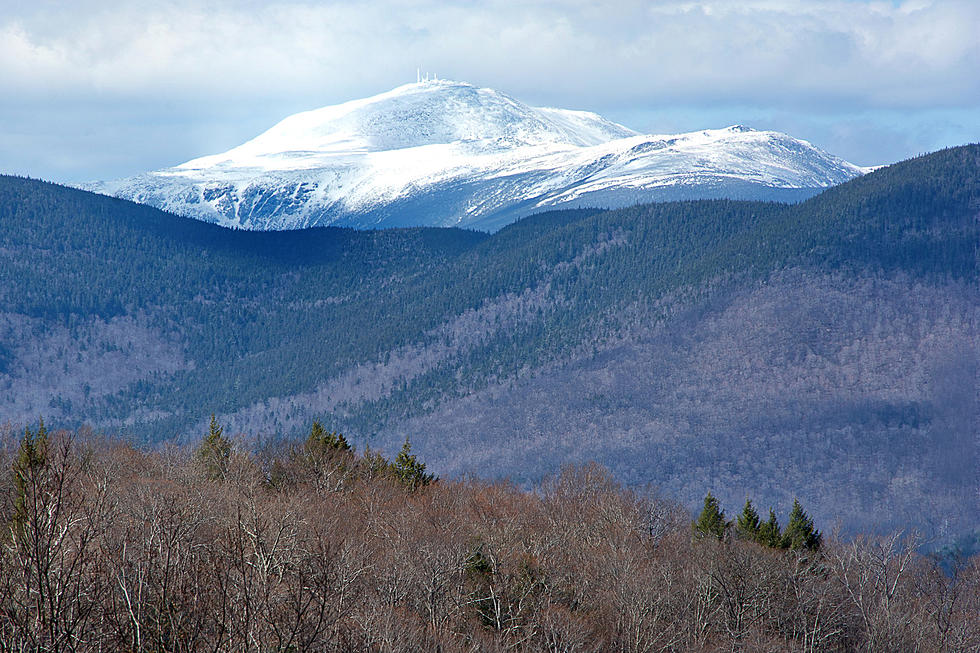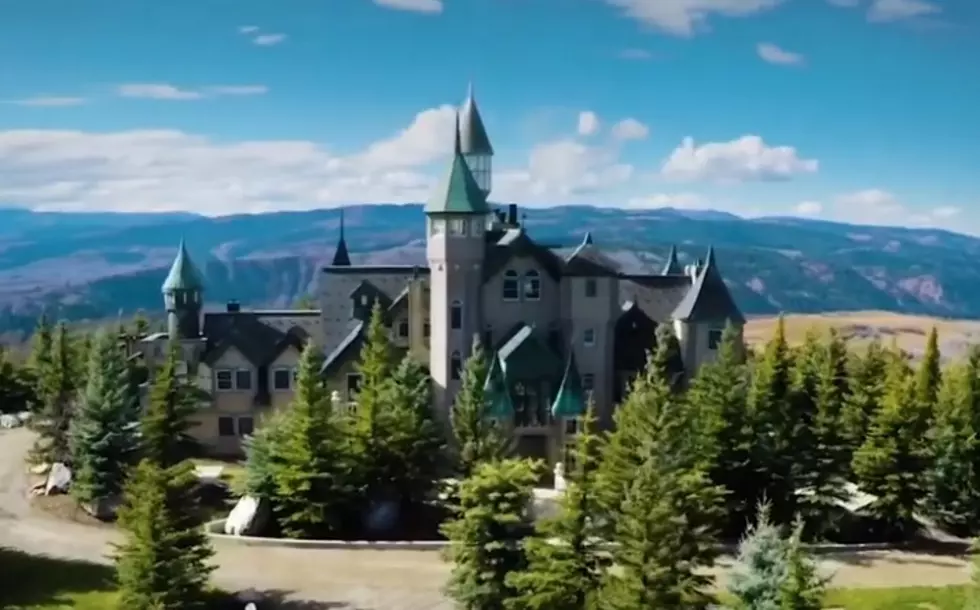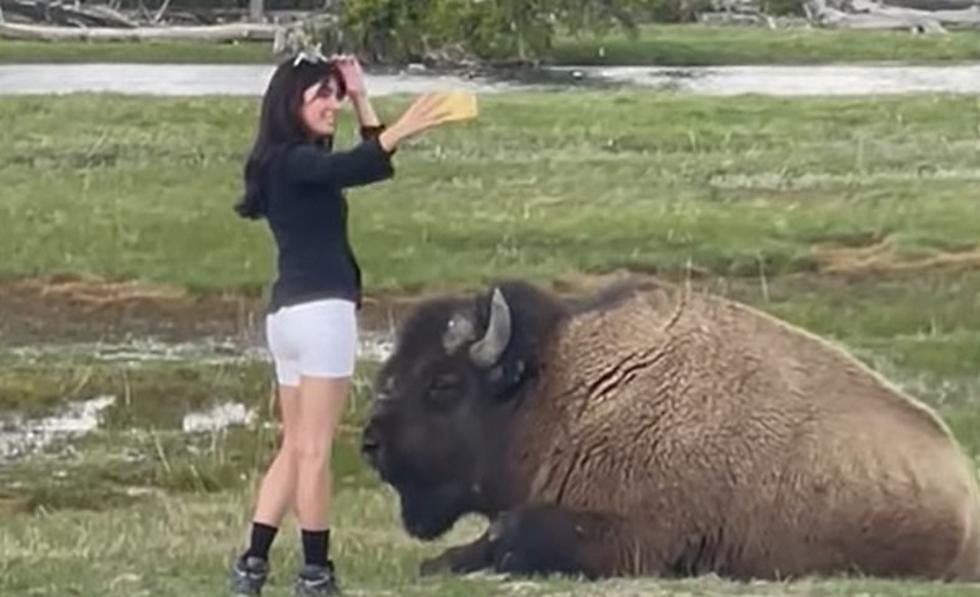
You Can See Where Top Of The Bighorns Was Once The Ocean Floor
When you look up at the peaks of Wyoming's mountains it might be hard to imagine that what you are looking at used to be at the bottom of an ocean.
The evidence is all around if you know what you're looking at.
In the photo below you'll see some flat rocks that are currently at the top of the Wyoming Bighorn mountain chain.
But a long time ago they were far, far, lower
Geo-Note! Flat expanse of Flathead Sandstone in the northern Bighorn Mountains. The Flathead Sandstone was deposited mostly along or near an ancient coastline in the Cambrian period. Although tectonics forces have pushed the Flathead in the northern Bighorns to over 9,000 feet above sea level, at this particular location it happens to be relatively flat-lying and undeformed. (Wyoming Geological Survey).
About 100 million years ago was what we call the Cretaceous Period.
The place we now call Wyoming was under a shallow sea that ran from the Gulf Of Mexico up through Alaska.
At that time global temperatures were much hotter.
The planet did not even have any polar ice caps.
Because the planet was much warmer and there was more life-giving CO2 in the air, life was abundant.
Wyoming would have been in about the center of that inland sea.
Sediments from the surrounding land would have flowed into that shallow sea from the land on either side.
That sediment built up.
The sea became more shallow.
Pressure from layer after layer of sediment pushed down on the sea bed. That's because of the sandstone and shale we see on the surface of Wyoming today.
That sandstone and shale have a lot of space in them. They're very porous.
Microbial life, both living and dead, got trapped in and under all of that sediment. Layer after layer pushed in deeper under more and more pressure and heat.
During the Cretaceous, the sea levels advance and receded many times. Just like today, as sea levels rise and fall over time, temperatures and rainfall vary from year to year.
Finally, the sea became a massive inland lake, then a swamp. That's right, Wyoming was once a swamp, like the Everglades of Florida.
The area we now call "THE WEST" has slowly been pushed up, and has been getting dryer, for millions of years. That process continues to this day.
Drill down far enough and you'll find layers of those old microbes that were trapped under that silt, so long ago. That silt is now shale and sandstone, among other things.
Those microbes have been transformed, under heat and pressure, and we now use them as crude oil.
Old Medicine Of The Chugwater Wyoming Drugstore
A New Book About Wyoming's Big Nose George
More From Wake Up Wyoming






